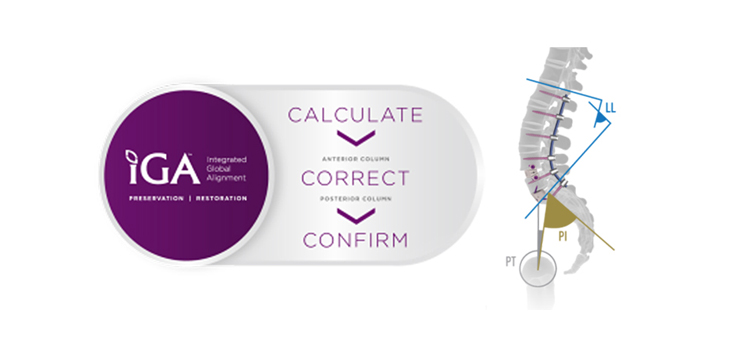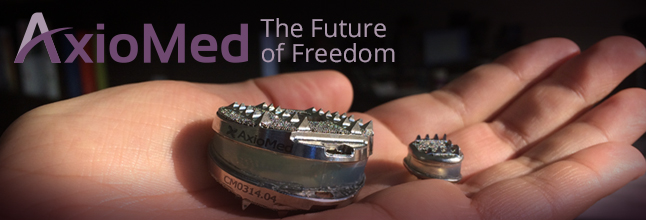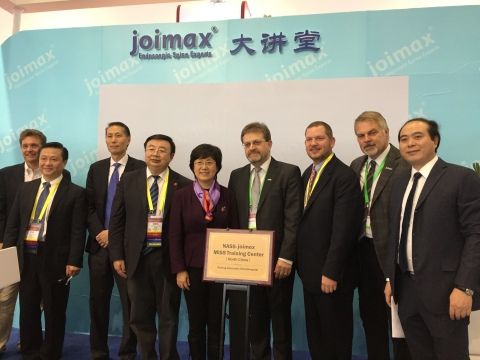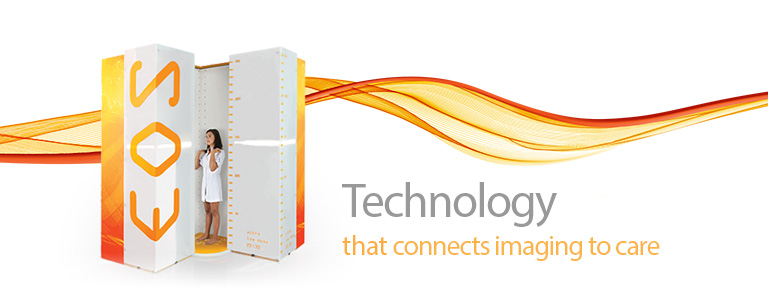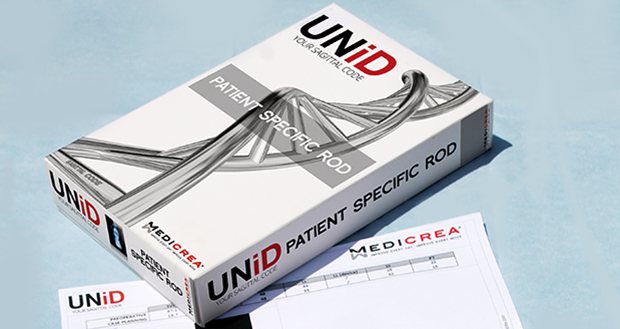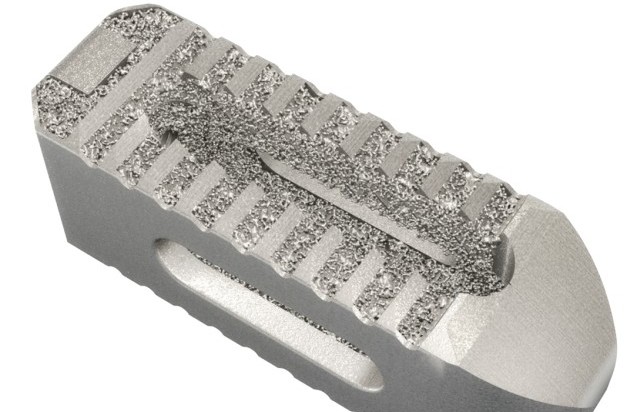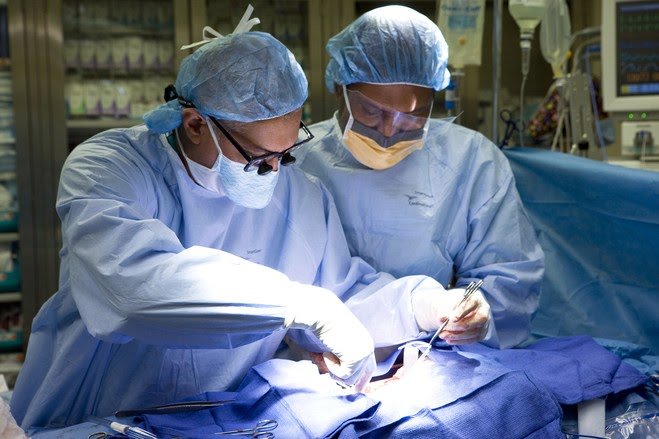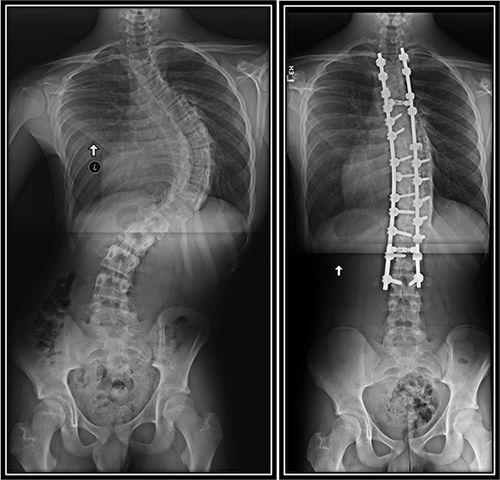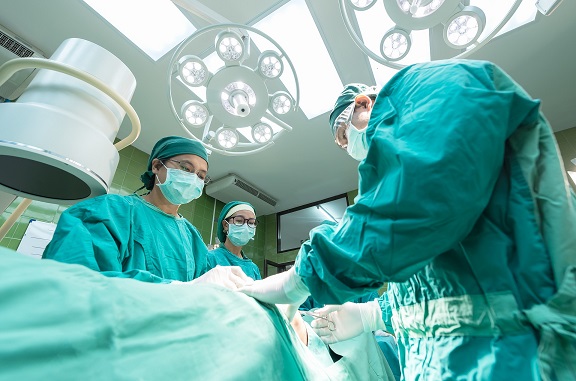Grapevine, Texas, November 28, 2016 –Tangible Solutions has announced today that they will add 3D metal printing to their portfolio of capabilities. They will be integrating five Mlab cusing machines and one M2 cusing machine into their new 25,000 square feet facility in Fairborn, a suburb of Dayton, Ohio. This will render Tangible Solutions as one of the largest service providers of Concept Laser’s metal powder-bed technology in the country.
“We share Concept Laser’s vision for building a “smart factory” that supports the principles of Industry 4.0: automation, digitization and interoperability of various technologies within a factory. Concept Laser was the first and only 3D metal machine manufacturer to share a complete and tangible plan of helping organizations achieve industrial, serial production. We believe their technology roadmap will only make 3D metal printing more cost effective and flexible”, says Adam Clark and Chris Collins, Founders of Tangible Solutions.
“The team at Tangible Solutions are entrepreneurial and forward-looking; In only three years, they have made a positive impact in manufacturing in Ohio. We are committed to their success,” states John Murray, President and CEO of Concept Laser Inc.
Tangible Solutions was established in 2013 to offer services related to 3D printing, also known as additive manufacturing. Their offerings include 3D modeling and design, rapid prototyping, and developing course curriculum for education. The addition of metal 3D Printing in both reactive and non-reactive material allows them to broaden their reach with medical and aerospace customers. The Mlab cusing machines will be dedicated to printing with Titanium and the M2 cusing machine, nicknamed as the ‘workhorse’ for its stability and reliability, will print in variety of metal powder. The open architecture of Concept Laser’s machine portfolio allows customers the freedom to manufacture with any type of metal material; no restrictions are placed for using only Concept Laser’s metal powders.
Additive manufacturing involves taking digital designs from computer aided design (CAD) software, and laying horizontal cross-sections to manufacture the part. Additive components are typically lighter and more durable than traditional forged parts because they require less welding and machining. Because additive parts are essentially “grown” from the ground up, they generate far less scrap material. Freed of traditional manufacturing restrictions, additive manufacturing dramatically expands the design possibilities for engineers
Concept Laser recently made their vision of the “AM Factory of Tomorrow” a reality by releasing their new product called M LINE Factory which features a modular machine architecture with the ability to decouple pre-production from production. This allows factories to operate in parallel rather than sequentially, presenting economical series production.
ABOUT TANGIBLE SOLUTIONS
Tangible Solutions is a leading additive manufacturing company, providing prototype and contract manufacturing services, training and consulting, and research & development. Tangible Solutions services a wide variety of customers in the biomedical, aerospace, and automotive industries.
Tangible Solutions was established in 2013 to provide 3D printing and engineering design services. Quickly, Tangible became a leader in the Additive Manufacturing industry due to their knowledge about various 3D Printing methods and materials, quick turnaround times, and ability to produce professional products that held up to rigorous standards. Tangible Solutions also develops curriculum for workforce development that is in use today by government and academic institutions. The Tangible Solutions team is known for its subject matter expertise in Additive Manufacturing and dedication to customers.
ABOUT CONCEPT LASER
Concept Laser GmbH is one of the world’s leading providers of machine and plant technology for the 3D printing of metal components. Founded by Frank Herzog in 2000, the patented LaserCUSING® process – powder-bed-based laser melting of metals – opens up new freedom to configuring components and also permits the tool-free, economic fabrication of highly complex parts in fairly small batch sizes.
Concept Laser serves various industries, ranging from medical, dental, aerospace, toolmaking and mold construction, automotive and jewelry. Concept Laser machines are compatible with a diverse set of powder materials, such as stainless steel and hot-work steels, aluminum and titanium alloys, as well as precious metals for jewelry and dental applications.
Concept Laser Inc. is headquartered in Grapevine, Texas and is a US-based wholly owned subsidiary of Concept Laser GmbH. For more information, visit our website at www.conceptlaserinc.com
LaserCUSING® is a registered trademark of Concept Laser.


